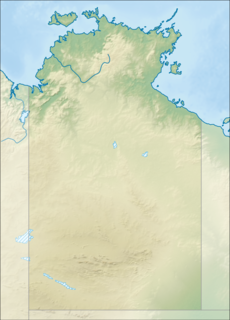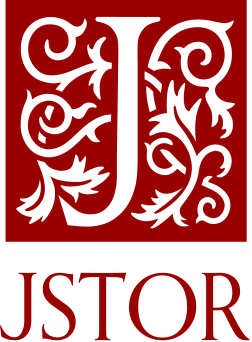This page is based on this
Wikipedia article Text is available under the
CC BY-SA 4.0 license; additional terms may apply.
Images, videos and audio are available under their respective licenses.

Wadeye is a town in Australia's Northern Territory. Pronounced wod-air-yer or "wad-ayer", it was formerly known as Port Keats. At the 2016 census, Wadeye had a population of 2,280. Wadeye is the 6th most populous town, and the largest indigenous community in the Northern Territory.
The Wik peoples are an Indigenous Australian group of people from an extensive zone on western Cape York Peninsula in northern Queensland, speaking several different languages. They are from the coastal flood plains bounding the Gulf of Carpentaria lying between Pormpuraaw and Weipa, and inland the forested country drained by the Archer, Kendall and Holroyd rivers. The first ethnographic study of the Wik people was undertaken by the Queensland born anthropologist Ursula McConnel. Her fieldwork focused on groups gathered into the Archer River Mission at what is now known as Aurukun.
The Karieri people were an Indigenous Australian people of the Pilbara, who once lived around the coastal and inland area around and east of Port Hedland.
The Mati Ke otherwise known as the Magatige, are an indigenous Australian people, whose traditional lands are located in the Wadeye area in the Northern Territory, Their language is in danger of extinction.
The Marrithiyal, also written Marithiel, are an indigenous Australian people whose traditional territory lay 30 to 50 miles south of the Daly River in the Northern Territory. They were sometimes known derogatively as Berringen(Berinken/Brinken), a term used by the Mulluk-Mulluk to refer to 'aliens'/strangers'.
The Madngella, otherwise known as the Matngala or Hermit Hill tribe, are an indigenous Australian people of the Northern Territory, Australia.
The Maridan were an indigenous Australian people of the Northern Territory.
The Maridjabin or Marrisjabin, were an indigenous Australian people of the Northern Territory.
The Marijedi (Mariyedi) are an indigenous Australian people of the Northern Territory.
The Wadjiginy, also referred to historically as the Wogait, are an indigenous Australian people of the Northern Territory.
The Tjial were an indigenous Australian people of the Northern Territory who are now extinct.
The Maikathari (Mayi-Thakurti) were an indigenous Australian people of the state of Queensland.
The Kungarakan (Koongurrukuñ) were an indigenous Australian people of the Northern Territory.
The Ngundjan (Ogh-Undjan) were an indigenous Australian people of the state of Queensland.
The Djerait were an indigenous Australian people of the Northern Territory
The Pongaponga were an indigenous Australian people of the Northern Territory. They may have been a band of the Ngolokwangga.
The Ngolokwangga are an indigenous Australian people of the Northern Territory.
The Yunggor were an indigenous Australian people of the Northern Territory
The Muringura, or Murrinh-Kura, were an indigenous Australian people of the Northern Territory.
The Wagoman were an indigenous Australian people of the Northern Territory.





